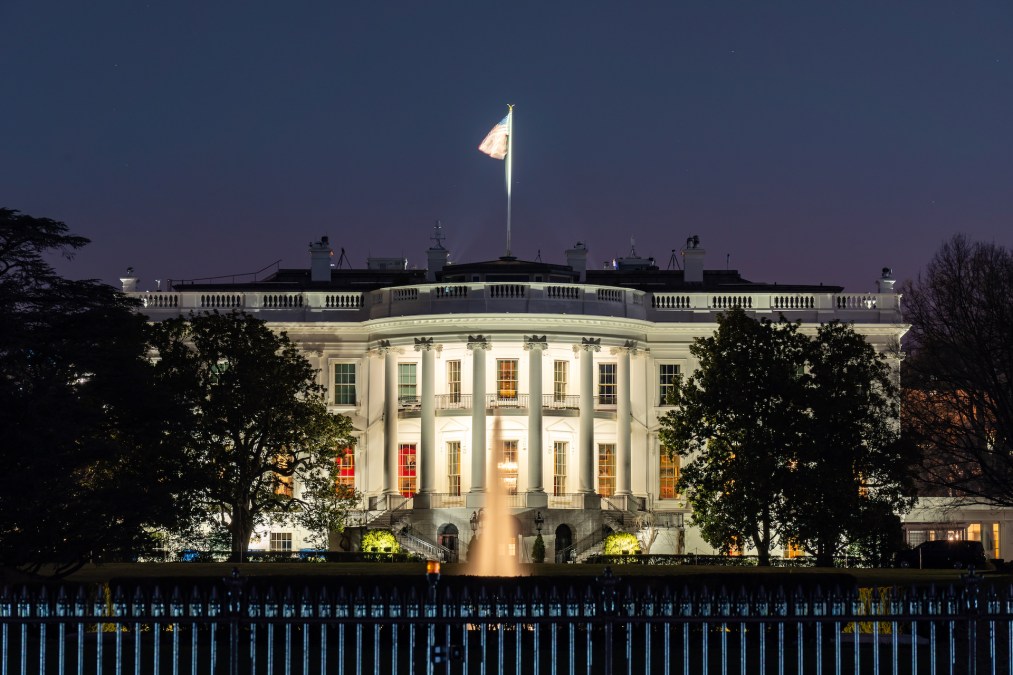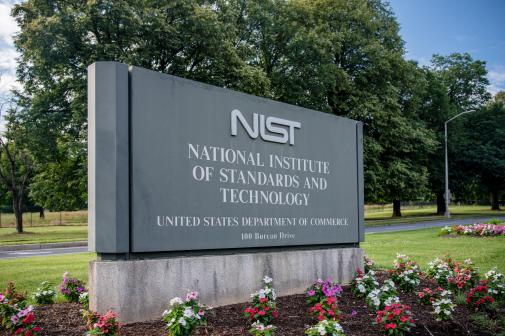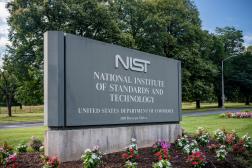Trump budget touts funding for AI and quantum but proposes slashing federal R&D by $13.8B

The Trump administration is proposing a $13.8 billion reduction in federal research and development spending in its fiscal 2021 budget released Monday, despite emphasizing “industries of the future” as a priority.
Artificial intelligence (AI), quantum information science (QIS) and fifth-generation wireless (5G) technologies must be accelerated to counter emerging threats posed by nation-states and cybercriminals to devices and networks, according to the budget document.
But the government’s overall spending on R&D would drop considerably, down to $142.2 billion under Trump’s proposed 2021 budget after an estimated $156 billion in fiscal 2020. Even the Department of Defense would see a $4.7 billion R&D reduction if the budget proposal is accepted as-is by Congress — a highly unlikely outcome.
The budget seeks $718 million for the National Institute of Standards and Technology (NIST) to advance innovative technologies and $5 million to the Department of Energy’s new Artificial Intelligence and Technology Office to “enhance important AI R&D projects already underway.” NIST received $807 million for R&D in fiscal 2020.
“Quantum computing, networking and sensing technologies are developing areas with incredible potential, although an enormous amount of R&D is still needed to be done,” said Paul Dabbar, undersecretary for science at DOE, on a press call. “And today I’m especially pleased to announce as part of this year’s budget request — on top of significant quantum research funds — we have requested $25 million for construction of the national quantum internet.”
National quantum internet — an entirely new, faster, more secure network — would bring together a community of skill sets to share information and make advances in everything from basic science to medicine.
The goal is to ultimately connect all 17 of DOE’s national labs with the help of the National Science Foundation, Department of Commerce, industry and academia, Dabbar said.
“If we don’t, others will do it,” he added. “The United States is faced with fierce international competition in quantum information science.”
China and the European Union have already announced multibillion-dollar investments in QIS.
More broadly the Trump budget proposes $92.2 billion for information technology across all agencies, slightly up from $92 billion this year. Of that, 44.6% would go toward IT infrastructure, security and management; 44% toward mission delivery; and 11.4% toward administrative services and support systems.
Of 8,645 IT investments across agencies, 591 are considered major investments and are provided risk ratings by the overseeing chief information officers to be displayed on the federal IT Dashboard.
“The IT Dashboard shows slight decreases in the general health of IT investments across government,” reads the budget.
“To accelerate the pace of modernization, the administration will baseline the current state of acquisition innovation, pilot a centralized information sharing knowledge management resource, promote emerging technologies, and scale application of a proven model to coach innovative practices,” reads the budget.






